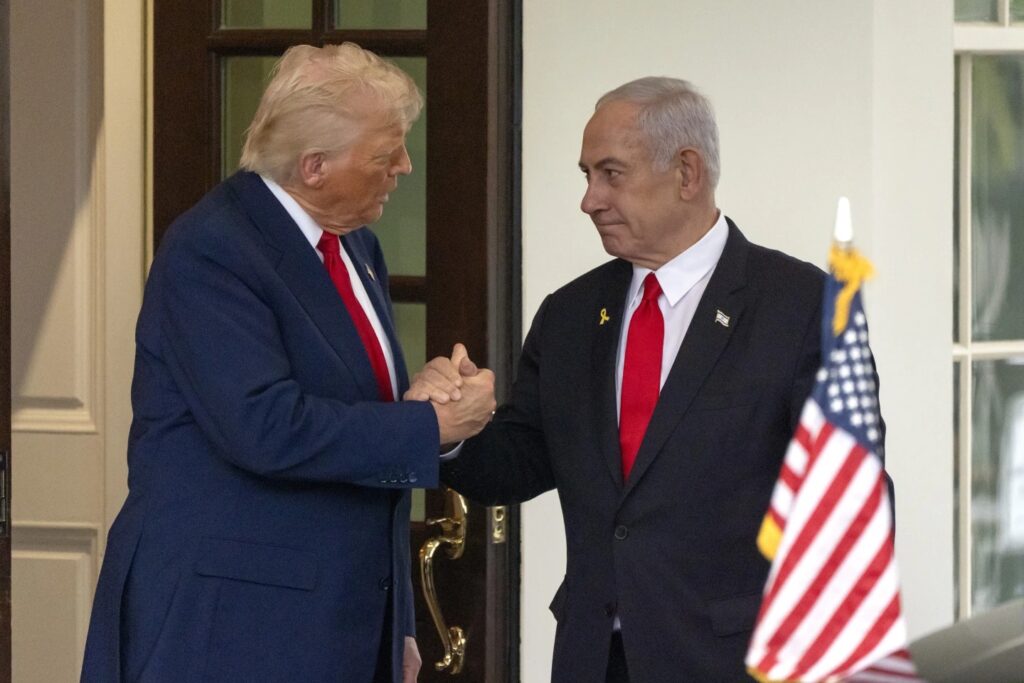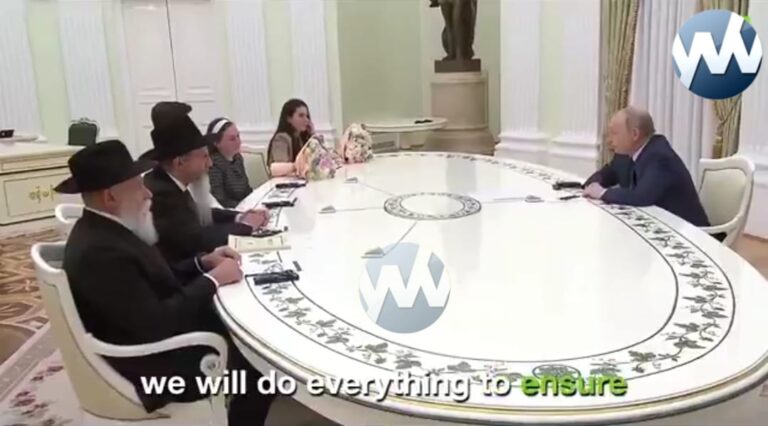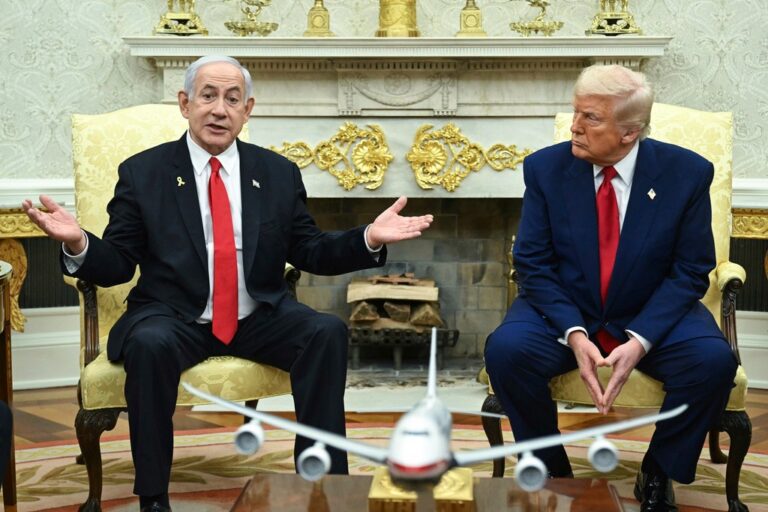Tehran has proposed a three-phase nuclear agreement that would see it roll back its uranium enrichment levels in exchange for the lifting of U.S. sanctions, according to a report by Iran International, citing three diplomatic sources.
The plan, presented last Saturday by Iranian Foreign Minister Abbas Araghchi during indirect talks in Oman, would cap uranium enrichment at 3.67%—the level agreed upon in the 2015 Joint Comprehensive Plan of Action (JCPOA), which President Trump withdrew from in 2018.
In the first stage of the proposed deal, the U.S. would allow Iran access to billions in frozen assets and permit oil exports, while Tehran would lower its enrichment activity. The second stage would involve lifting more sanctions and suspending the automatic “snapback” of UN sanctions. In return, Iran would permit the International Atomic Energy Agency (IAEA) to resume full inspections, including surprise visits under the Additional Protocol.
In the final phase, Iran would transfer its stockpile of highly enriched uranium—some of which is enriched up to 60%, just short of weapons-grade—to a third country. The U.S. Congress would ratify the new deal, and Washington would lift all primary and secondary sanctions.
The proposal reportedly surprised U.S. envoy Steve Witkoff, who responded positively during the initial meeting. Witkoff and Araghchi are set to hold a second round of talks this Saturday in Rome.
Witkoff had earlier signaled that the White House was open to a limited deal that would cap but not dismantle Iran’s nuclear program. However, he appeared to shift positions just a day later, stating any deal must include a complete end to Iran’s enrichment and weaponization capabilities.
A diplomatic source cited by Iran International claimed that Supreme Leader Ayatollah Ali Khamenei approved the talks to buy time for Iran to rebuild its air defenses—severely damaged in October by Israeli airstrikes—as well as to resume production of surface-to-surface missiles.
That Israeli attack followed Iran’s unprecedented ballistic missile barrage on October 1, marking its second direct attack on Israel in less than a year. Israeli intelligence reportedly damaged radar installations critical to Iran’s missile guidance systems.
The final phase of the deal, which involves moving enriched uranium abroad, appears to conflict with a recent Guardian report indicating Iran was likely to reject such a condition. Russia, a close Iranian ally and the operator of its sole nuclear reactor, has not confirmed whether it would accept Iran’s uranium stockpile.
Despite Iran’s claims that it is not pursuing nuclear weapons, international nuclear watchdogs say the country has significantly increased its 60%-enriched uranium stockpile and is on track to quadruple its uranium ore production this year—well beyond the needs of a civilian program.
On Thursday, IAEA Director-General Rafael Grossi, visiting Tehran, warned that “time is running out” to reach a deal.
The developments come as The New York Times reported that Trump recently blocked an Israeli plan to strike Iranian nuclear sites in May. The president, while confirming he rejected the operation, said he preferred to exhaust diplomatic options first. “I wouldn’t say ‘waved off,’ but I’m not in a rush to do it,” Trump told reporters Thursday.
Prime Minister Benjamin Netanyahu’s office, while touting “countless” Israeli actions against Iran’s nuclear program, did not deny Trump’s intervention.
Trump unveiled the resumption of direct U.S.-Iran talks during a surprise White House meeting with Netanyahu earlier this month. According to Israeli media, Netanyahu was informed of the negotiations only after landing in Washington. The Israeli premier reportedly left without receiving clear guarantees that Israeli demands would be incorporated into any final deal—or what the U.S. would do if the talks failed.
(YWN World Headquarters – NYC)












2 Responses
The major problem with the Obama deal was that it was set to expire after 10 years, something this alleged deal doesn’t include.
The bigger point is that the idea that bombing Iran’s nuclear facilities will result in Iran not being able to build a bomb is a fantasy. For starters the main facility if Fordow which is spread out deep under a mountain and the 30,000 Deep Penetrating Ordinance they will use to destroy it will only destroy their targets if they have a precise location of where the equipment they want to destroy is located, which they do not have.
However even if they do succeed in destroying the nuclear facilities it will in no way prevent Iran from building a bomb. This is because Iran has been enriching to 60% since 2023 so they have enough material for over 10 bombs that needs only slightly more enrichment to reach bomb grade. And since reaching this level doesn’t require anywhere near the type of enrichment needed to enrich material from scratch it can be done with even basic centrifuges that Iran is certainly keeping in another location in the event their facilities are destroyed or that they can easily build in the event they decide to build a bomb.
So the plain reality is that the only way that Iran doesn’t build a bomb is if they agree not to and this can only be achieved by making it worth it for them to sign such an agreement.
The story in the New York Times about Iran that was published yesterday, Thursday 17/4/2025, happened because both Israeli and US Intel are, finally!, on the same page on the Iran Nuclear issue. i.e.
They both know that a non confrontational resolution to the Iran Nuclear-West (Israel, The USA) Question is the best way to go. The NYT often publishes “news” and articles that are designed to influence Vox Populi and/or the Geo-Political sphere. This morning’s piece by Juilan E. Barnes, Eric Schmitt, Maggie Haberman and Ronen Bergman is actually designed to reassure the Iranians and to give the second round of talks in Rome on Saturday 19/4/2025 a chance to succeed, i.e. Keep the Trust Building Ball rolling.
Both Intel Agencies know that the following storyboard for Iran that I first proposed in 2010 is the optimal way to go:
Visualise Khamenei and his entourage walking through the Old City of Jerusalem on their way to the Tent of Meeting. A modern day version of the Peace of Westphalia process. Many leaders and nations coming together to discuss, negotiate and sign peace agreements/hudnas هدنة. A certain track to be heeded, i.e. The ToM > IPC > COENCB2035 Track, aka “The G-D Algorithm”
Many leaders have their agendas, timetables and deadlines now. They should all take note: G-D/الله’s timetable will trump all others. He wants the “Swords into Plowshares” dynamic to be followed now.
Good luck to the Omani mediators on Saturday 18/4/2025 in Rome.
שַׁבָּת שָׁלוֹם